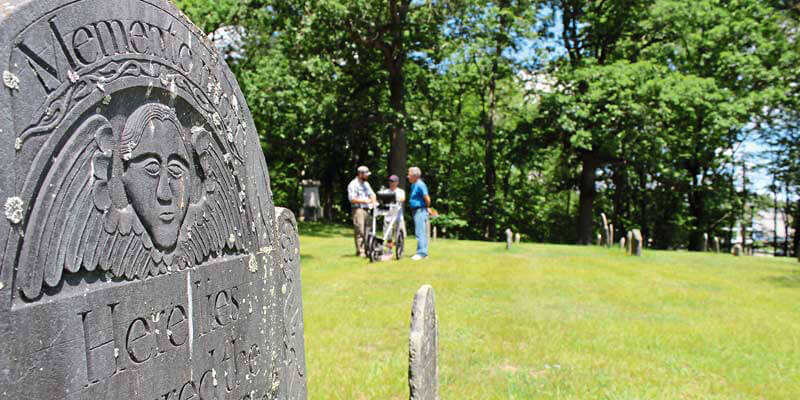Ground-penetrating radar is being put to surprising uses – from surprising locations

When radar – Radio Detection and Ranging – was invented during the 1930s and 40s, it was primarily intended to locate large vehicles, such as ships and aircraft, during wars. Little did its inventors suspect it could be used for vastly different applications – or for objects under the ground or sea. And in this issue, we look at some of the novel applications to which ground-penetrating radar (GPR) has been put recently.
On page 24, Alexey Dobrovolskiy talks about how his company accidentally entered the GPR industry – ironically, to locate a World War 2 aircraft, albeit one buried under metres of ice in far-flung Greenland – and how it has since gone on to use it from UAVs to detect objects for terrestrial surveying and bathymetry. He also discusses his company’s new testing range, designed to work out just what GPR’s true capabilities might be, as well as the capabilities of other sensors.
Meanwhile, on page 31, Peter Leach discusses best practice when using GPR to discover lost graves in graveyards, as well as the pros and cons you need to consider. Thinking of starting a surveying service that will search graveyards? You might want to consult with an archaeologist first.
I hope you enjoy this issue and are able to use what you learn in your work.


